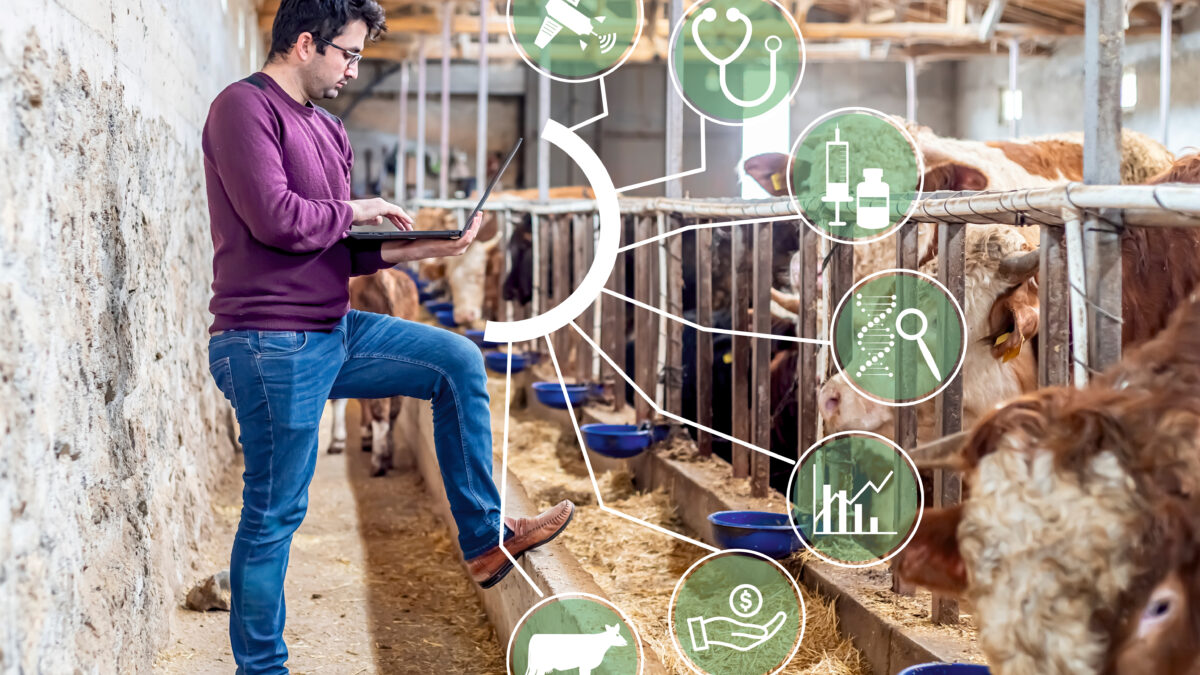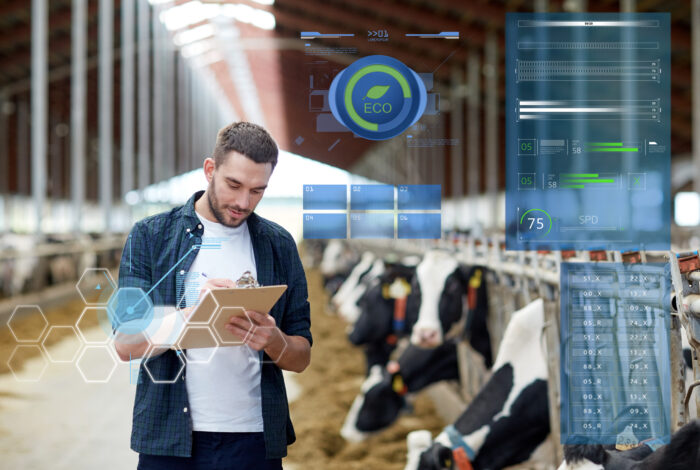Technology is poised to provide a solution to the excessive and often unnecessary use of antibiotics in livestock. To date, specialised software has contributed to improving animal health and welfare on farms, but it can also help reduce antibiotic use by detecting disease or signs of discomfort before the farmer notices them.
Excessive antibiotic use is a major issue in livestock farming; it has been repeatedly stressed that this practice may cause micro-organisms to develop resistance to antibiotics, thus resulting in reduced effectiveness of treatments for various livestock diseases. European farmers spend significant amounts on vaccinating their animals and on specialised feed containing antibiotics. It is worth noting that bacteria in animals raised organically show lower resistance to antibiotics. This means that bacteria can be more easily treated in organically raised animals compared to conventionally farmed ones.
Today’s farmers have a wide array of software and technological applications available to monitor their livestock and collect data concerning animals’ health, welfare and habits, such as whether they are being properly fed. Whether an animal eats and drinks at the right times and in the right quantities can be an indicator of illness. In addition, specialised portable devices and biosensors can detect the make-up and pH of an animal’s perspiration, its stress levels, and body temperature. Collecting and analysing such data enables farmers to diagnose diseases, employ individualised treatments with antibiotics and prevent needless vaccinations, saving money in the process. Finally, the European Commission’s Joint Research Centre has also contributed by developing methods to detect traces of 24 antibiotics in compound animal feed.










